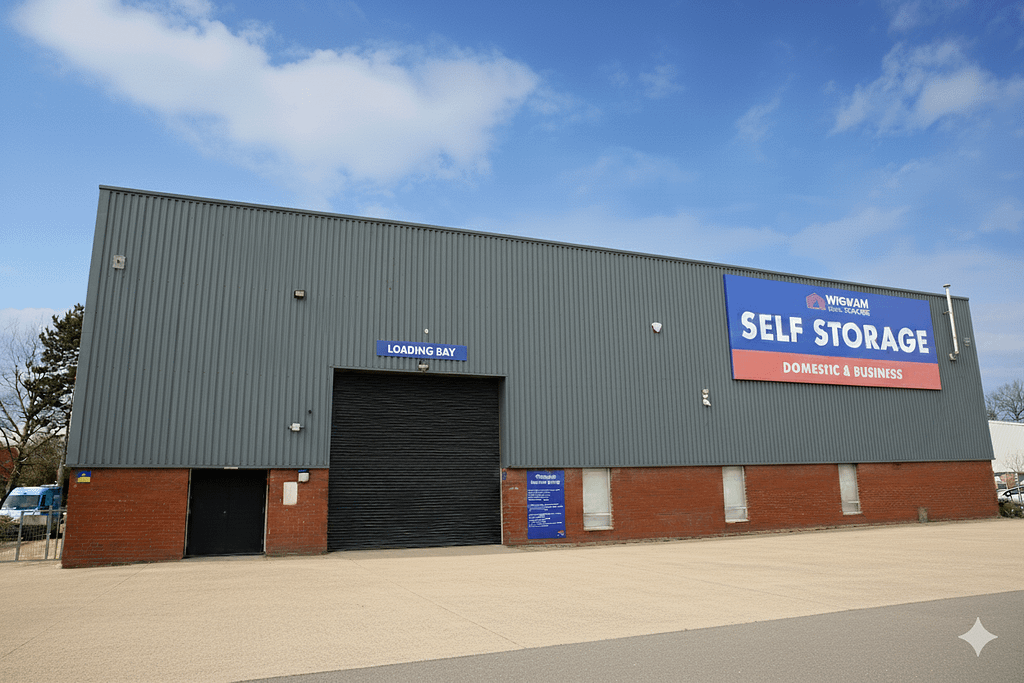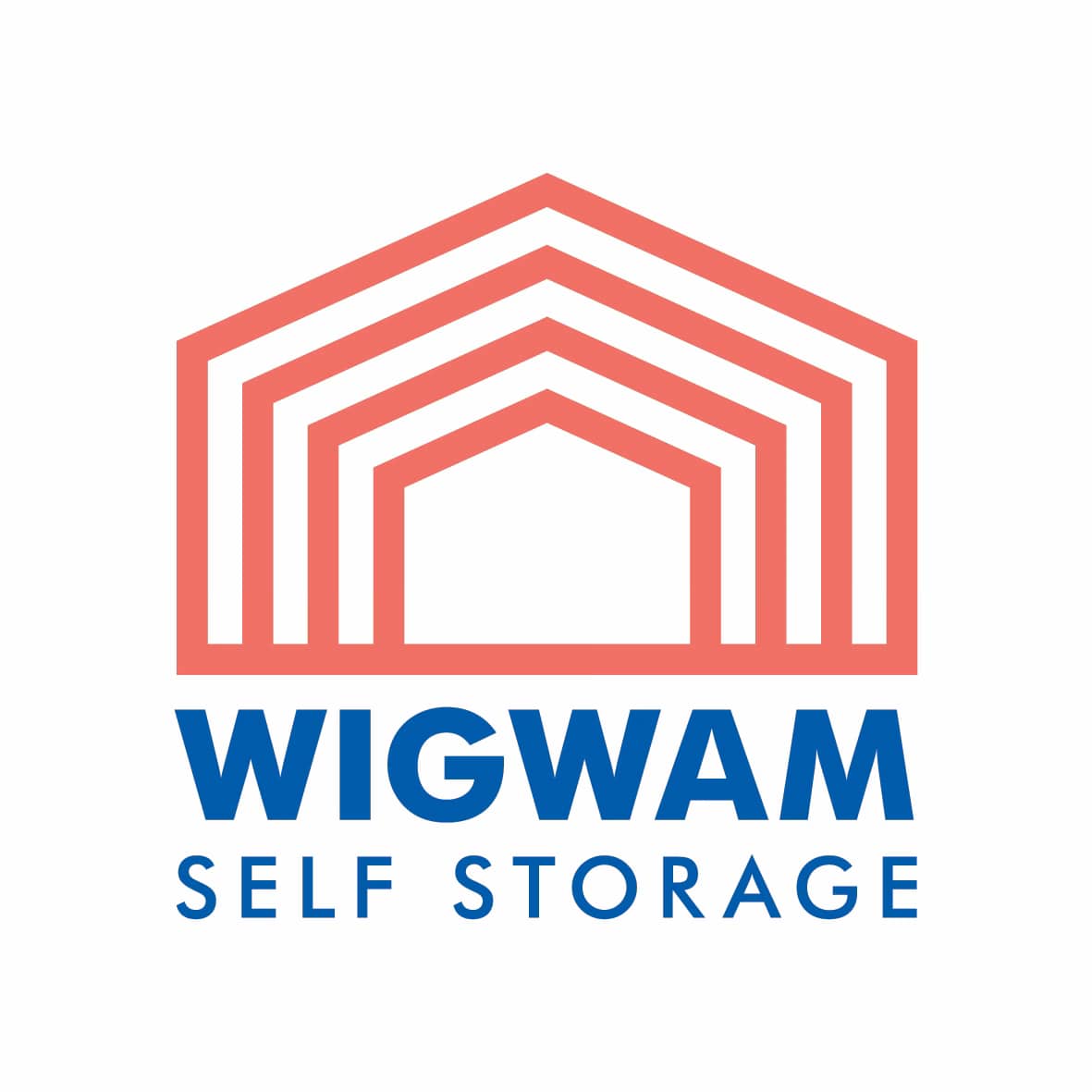Self-Storage vs Other Real Estate Investments: Which Delivers Sustainable Returns in 2025?
Real estate investment has always offered opportunities to build wealth, but the landscape is shifting. From residential apartments to retail parks, commercial offices to warehouses, each asset class has its own cycle of risk and reward.
In 2025, one sector is proving remarkably resilient, offering lower costs, predictable returns, and strong demand growth: self-storage. But how does it truly compare with other real estate investments today?
Why is self-storage outperforming traditional property in 2025?
The UK self-storage market continues to expand. According to the Self Storage Association UK (SSA UK) 2024 report, there are now 2,231 facilities nationwide with an average occupancy rate of 83%, generating more than £1.2 billion in annual revenue.
Early 2025 indicators suggest year-on-year growth of 7% in rental income, driven by demand from both households and SMEs. This places self-storage among the fastest-growing alternative real estate sectors in the UK.
By contrast, traditional assets such as retail and office continue to feel the effects of hybrid working, e-commerce, and sluggish tenant demand.

How do costs compare between self-storage and other investments?
Self-storage facilities benefit from lower upfront investment and leaner operating models.
- Operating expenses: typically 25–40% of gross income.
- Maintenance: limited to security, cleaning, and basic upkeep.
Traditional real estate often consumes 50% or more of income in operating expenses, driven by higher maintenance, repairs, and tenant services.
For investors, the maths is simple: more of your gross income becomes net income with self-storage.
What makes self-storage income more stable?
Self-storage attracts a broad, diverse tenant base. Individuals use units for moving, downsizing, or personal transitions. Businesses use them for stock, equipment, or flexible workspace.
This diversity means that even during downturns, demand remains resilient. People may move to smaller homes or businesses may cut office space — both create additional need for storage.
In contrast, traditional property often relies on a handful of tenants. Losing a key tenant in an office or retail unit can destabilise cash flow overnight.
How flexible are self-storage leases compared to long-term tenancies?
Self-storage typically operates on month-to-month leases, enabling investors to:
- Adjust rental rates in line with inflation or market demand.
- Offer promotions to capture new customers.
- Retain customers for longer than expected — many stay years despite short-term intentions.
Traditional property offers stability through longer leases, but at the cost of flexibility. Rent adjustments can lag far behind market trends.
What real opportunities exist for investors today?
The ownership landscape remains fragmented. Roughly two-thirds of UK facilities are owned by independent operators, creating strong acquisition opportunities.
Investors can add value by:
- Introducing automated rental and payment systems.
- Upgrading security and unit fit-outs.
- Adding services such as packaging, insurance, or van hire.
By contrast, traditional markets are dominated by REITs and large developers, making entry harder for smaller investors.
Case study: From idle land to thriving storage site
One standout example: a Grade II listed former industrial bakery at 53–57 Sutton Road, Southend-on-Sea was repurposed into a 35,000 sq ft self-storage facility with 24/7 access, adjacent to residential and retail zones. (Source: Cushman & Wakefield)
This conversion demonstrates that self-storage does not require perfect land parcels — even heritage or constrained structures can be adapted to deliver predictable returns. Rather than demolishing the existing building, the developers preserved value, respected planning constraints, and injected new utility into a neglected asset.
In transforming underused, industrial footprints into viable self-storage, this project illustrates exactly how a self-storage site for awkward plots isn’t fantasy — it’s happening now in the UK, with institutional-level approval and demand backing it.
The lesson is clear: self-storage often succeeds where traditional property models fail.
FAQs
Q1: Is self-storage recession-proof?
While no investment is entirely recession-proof, self-storage has shown remarkable resilience. Demand stays strong during downturns as individuals and businesses downsize.
Q2: What is the average operating expense ratio for self-storage?
Between 25–40% of gross revenue, far lower than the 50%+ seen in residential and commercial real estate.
Q3: How big is the UK self-storage market in 2025?
The SSA UK 2024 report cites 2,231 facilities generating £1.2bn annually, with early 2025 showing 7% year-on-year rental income growth.
Q4: What are the risks?
Competition in dense markets and planning restrictions can affect performance. However, income diversification across hundreds of small tenants reduces risk compared to single-tenant assets.
Why self-storage wins in 2025
Self-storage delivers where other real estate investments often stumble: lower costs, predictable revenue, diversified tenants, and market adaptability. It is one of the few asset classes thriving in both stable and uncertain conditions.
For investors looking for predictable, sustainable returns, self-storage stands out as a smarter way to build long-term resilience.
At Wigwam Storage Management, we specialise in unlocking the potential of self-storage investments. Whether you are converting land, expanding a portfolio, or acquiring independent sites, our team will help you build sustainable, profitable facilities. Book your feasibility assessment today and discover how self-storage can outperform traditional property investments in 2025. Get in touch now.

